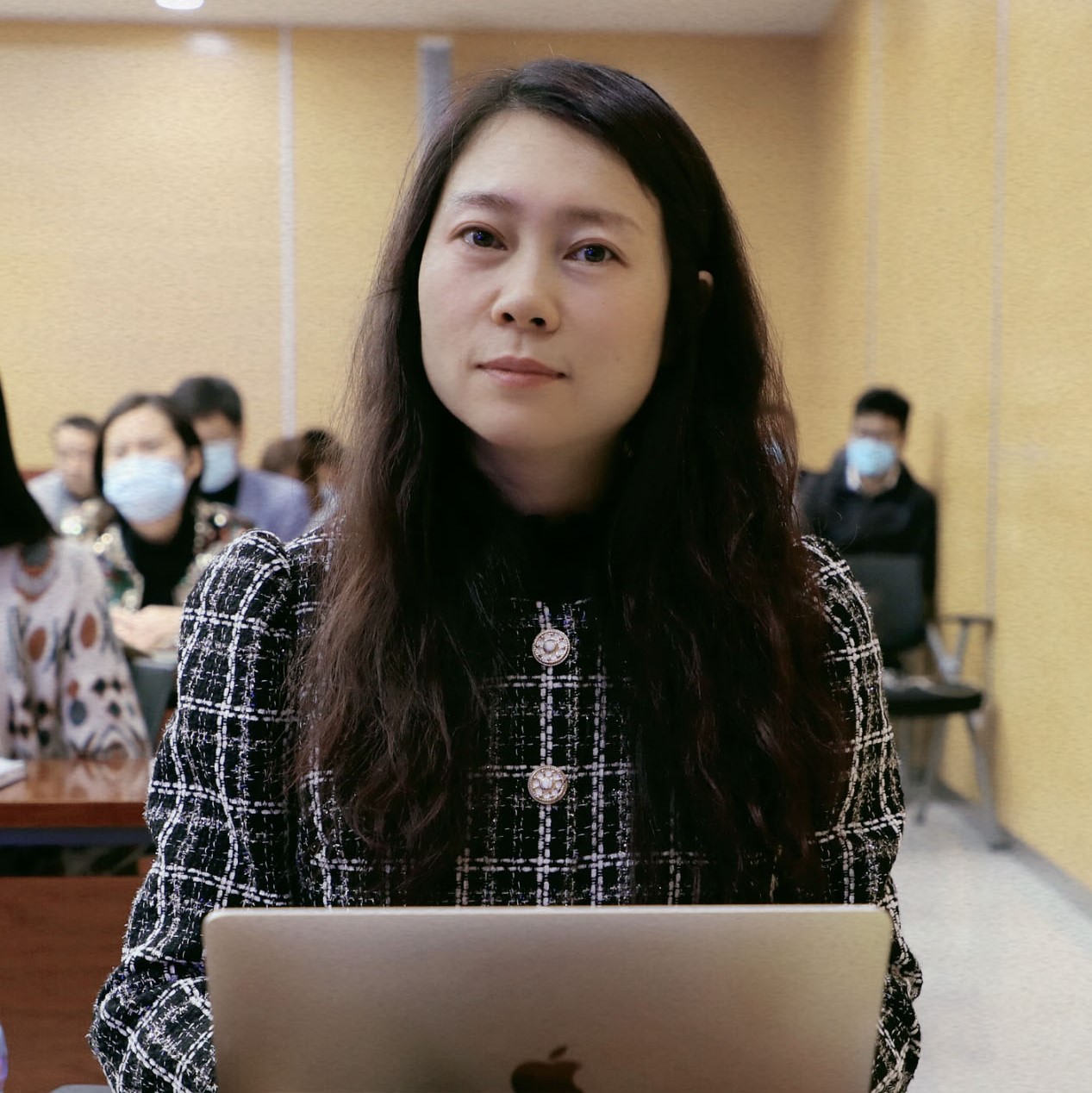While ESCOs are trying to get a foothold in many markets, China has been standing out for two decades as the place where ESCOs seem to thrive. Half the world’s ESCO turnover, according to IEA, stems from the Chinese market!
To update us on the state and trends of the Chinese ESCO market, Jingwen Wang from the ESCO Committee of China Energy Conservation Association (EMCA) will share her perspectives on a market that has achieved remarkable results for energy efficiency through ESCOs – but still has some way to go. What works and what doesn’t – and what can we learn from a Chinese market that, compared to others, is driven mainly by industrial energy efficiency?
Please join us for this rare insight into the Chinese ESCO market!
Q&A Session
(Special thanks to Jingwen Wang for her responses)
1. When will the building energy efficiency projects will take off in China? Is it correct that older buildings are demolished rather than improved?
The action of demolishing old buildings belongs to the scope of municipal planning and is not allowed in many areas. Therefore, it is important to promote building energy-saving renovation.
At present, building energy consumption has been tied with industrial energy consumption and transportation energy consumption, becoming one of the three “largest energy consumers” here in China. With the continuous increase in the total amount of buildings and the improvement of living standards, building energy consumption in China has shown a sharp upward trend. With the rapid development of China’s economy, the continuous advancement of urbanization and industrialization, and the continuous improvement of residents’ living standards, the requirements for building comfort have become higher and higher, and the use of heating and air conditioning has become more and more common, and the number of household appliances has increased. Lighting conditions have gradually improved, and domestic hot water has increased significantly, resulting in a rapid increase in building energy consumption. According to the data in “China Building Energy Conservation Annual Development Research Report (2015)”, in 2013, only the northern urban heating energy consumption reached 181 million tons of standard coal, accounting for 24% of the total energy consumption of China’s building operations; by 2030, China’s urban construction area in the northern region may increase to 15 billion square meters. If the current level of heating energy consumption intensity is maintained, heating alone will consume 250 million tons of standard coal per year.
The building sector has already become a booming field in the ESCO market. And energy savings in public organizations is definitely one of China’s current hot spots in the ESCO market.
2. How did you manage to convince banks to provide financing? What collateral model was used?
Under normal circumstances, banks will ask energy service companies with financing needs to provide corresponding guarantees, and the guarantee method is still mainly based on mortgage collateral. Since energy service companies are service-oriented companies, they are often asset-light, unsecured, and have no fixed assets such as factories, land, or office buildings. It is difficult for other intangible assets to be effectively recognized by financial institutions. If a guarantee company is willing to provide a guarantee for corporate loans, the bank will easier provide financing. If the guarantee company has a high level of credit, the bank will basically approve it. Then the guarantee companies will review the energy-saving projects. But guarantee companies sometimes still need energy service companies to provide them with collateral.
3. How did you deploy the 2 billion RMB for EPC for industry and transport? It seems that the support was pushed through the ESCOs rather than to customers.
Yes, the incentive funds were specifically aimed at supporting ESCOs and companies that implemented projects using the energy performance contracting method, not the clients themselves.
4. Are the tax exemptions in addition to the financial support?
There is no special support fund from the state for energy performance contracting projects, only some regional support. However, tax exemption has been available since 2010. For energy-saving and emission-reduction projects that meet the requirements, the business income tax of the project is fully exempted (25%) for the first three years and levied by half (12.5%) for the next three years.
5. There seems to be a close correlation between policy intervention and market development. Could you comment on this?
Energy saving needs the promotion of government policies. China’s energy-saving promotion pattern is that the government is the leader, business is the theme, the market mechanism is the driving force, and the whole society is involved.
6. What was driving the ESCO projects in the industry in the first place? Were there mandatory audits?
The national energy efficiency assessment policy has promoted businesses carrying out energy conservation and emission reduction projects, so the demand for collaboration with ESCO has arisen. Also, some regions require energy consumers to conduct mandatory energy audits.
7. You mentioned the group standard being more efficient than the national standard. What does group standard mean?
Group standards are standards developed by industry associations. They have the characteristics of quick project establishment, drafting and release and are followed and implemented by the entire group.
8. What does ESCO do with the increasing revenue? Does it get involved in energy production other than savings and efficiency services? How can ESCO work with developing countries to eliminate financial and technical barriers to enable them to engage in the market?
ESCOs need a lot of cash flow. Much of the increased income will be used as an investment in new projects. In addition, ESCOs are now paying more and more attention to technological innovation, and some ESCOs will also use the increased income for technology research and development or for digital and intelligent research and development investment.
In addition to energy saving and efficiency services, ESCO also conducts PV, waste heat power generation or cogeneration projects.
Foreign ESCOs conducting business in China can cooperate or create joint ventures with Chinese companies that have market and management advantages.
9. Is there a law regarding the obligation to conduct energy audits in China? What are the requirements for organizations covered by this law?
There are national standards for energy auditing. Energy audits can be carried out by energy consumers themselves or by inviting third-party organizations.
10. Besides tax incentives, what are the concrete policies implemented in China that directly influence the increasing number of use of EPC and the number of ESCO companies and employers? What are those needed to accelerate this pattern?
Recently, the energy conservation departments of the state and many local government agencies have issued EPC promotion measures, which have promoted the increase of ESCO projects.
11. I understand the Chinese Government has provided many incentive programs. Can you introduce any penalty programs for energy efficiency, if any?
There are energy-saving monitoring teams in various places to monitor energy consumers; if there are problems, they will issue fines.
Download sourceShare this

Sector: ESCO
Country / Region: China
Tags: drives, energy, energy efficiency, energy savings, energy service companies, ESCO, industrial energy efficiency, International Energy AgencyIn 1 user collection: C2E2 Webinars
Knowledge Object: eLearning
Published by: Copenhagen Centre on Energy Efficiency


